This paleo food list (Paleo Pantry) staples will cover ingredients, essentials and my favorite staples. The availability of grain-free, dairy-free and soy-free products has exploded in the past 5-10 years. If you can’t find some of these Paleo ingredients in a store, you can almost definitely find them online.
Prices can vary by store and brand – sometimes they’re more expensive than the “regular” versions, sometimes not.
This Paleo food list will include the ones I actually use and the brands I recommend. Sometimes I’ll recommend more than one brand – it’s nice to have alternatives in case one goes on sale or is discontinued. But again, only ones that I’ve used.
Now, I’m not saying you need all of these ingredients. These are just the ones I’ve found helpful and use on a recurring basis.
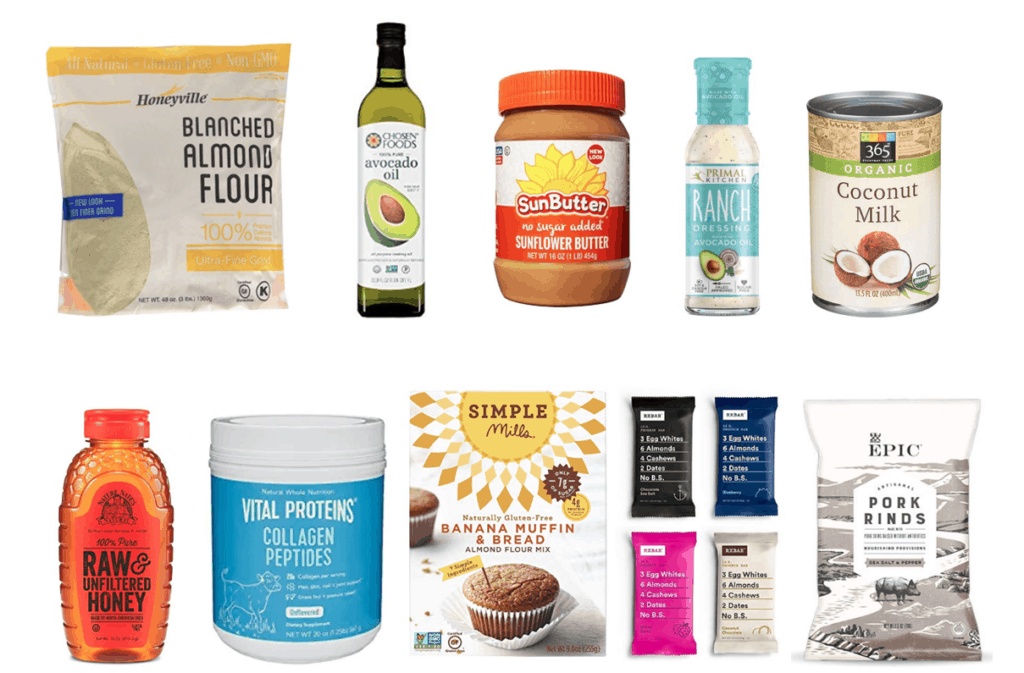
Flours & Starches
Almond flour – Replacing regular all-purpose flour is probably the biggest challenge if you want to start cooking and baking free of grains. Peeled almonds are ground to a flour-like consistency to create blanched almond flour. So they still provide their healthy fats and fiber, although like nuts in general, you don’t want to eat large doses in one sitting. (Note: most recipes using almond flour mean blanched, even if they don’t specify. Do not use almond meal, unless specified, as that is different.)
If trying to convert a regular recipe, the general rule is use twice as much almond flour, so 2 cups for every 1 cup of all-purpose flour.
I have been using both Honeyville and Oh! Nuts’ almond flours for years in recipes like Big Fat Chocolate Chunk Cookies and Pecan Molasses Bread.
Coconut flour – Coconut meat is dried and ground to create this flour alternative. It is very dry and sucks up a lot of moisture (although it also adds some healthy fats). Therefore, a general conversion rule is to use 1/3 or sometimes even 1/4 coconut flour for regular flour. Also, coconut flour is very high in fiber, so if you need more fiber in your diet, this is your guy.
I’ve seen others talk about the different results they get using different brands, but I’ve been using different coconut flours for years and haven’t had that problem (I’m not saying it’s not true, only that I have no experience with it). But I do like Nutiva and Bob’s Red Mill.
Arrowroot starch – This is sometimes also called arrowroot flour or powder. It’s a fine, starchy powder extracted from a tropical plant called Maranta arundinacea. Arrowroot can be substituted 1:1 for cornstarch in regular recipes to thicken sauces, gravies, soups and stews. It has a neutral flavor and should be added toward the end of cooking. It often is used in baking, either for thickening pies and cobblers or frequently combined with almond flour and/or coconut flour for things like cookies, scones, etc.
I like Bob’s Red Mill, although occasionally I buy a small jar in the spice aisle to keep handy for quick cooking needs.
Tapioca starch – This starch (sometimes also referred to as tapioca flour) is extracted from the cassava root, but is not the same as cassava flour. Similar to arrowroot, I often use tapioca starch to replace cornstarch. It has a neutral flavor and should be added toward the end of cooking. I’d start with a 1:1 substitution but know that in some recipes you might need to double the tapioca starch.
Some people prefer tapioca as they believe it creates a better texture in baked goods. Some prefer arrowroot as they have problems digesting tapioca. I use both, depending on what a recipe calls for and what I have on hand.
Again, I use Bob’s Red Mill (I swear I don’t work for them! It’s just that for a long time they were one of the few brands offering these types of ingredients, ergo I’m more familiar with them).
Potato starch – This is – surprise! – a starch that’s extracted from potato. This can be used for similar purposes as arrowroot and tapioca, but some have found that it adds a bit of potato flavor to baked goods.
Again, I like Bob’s Red Mill.
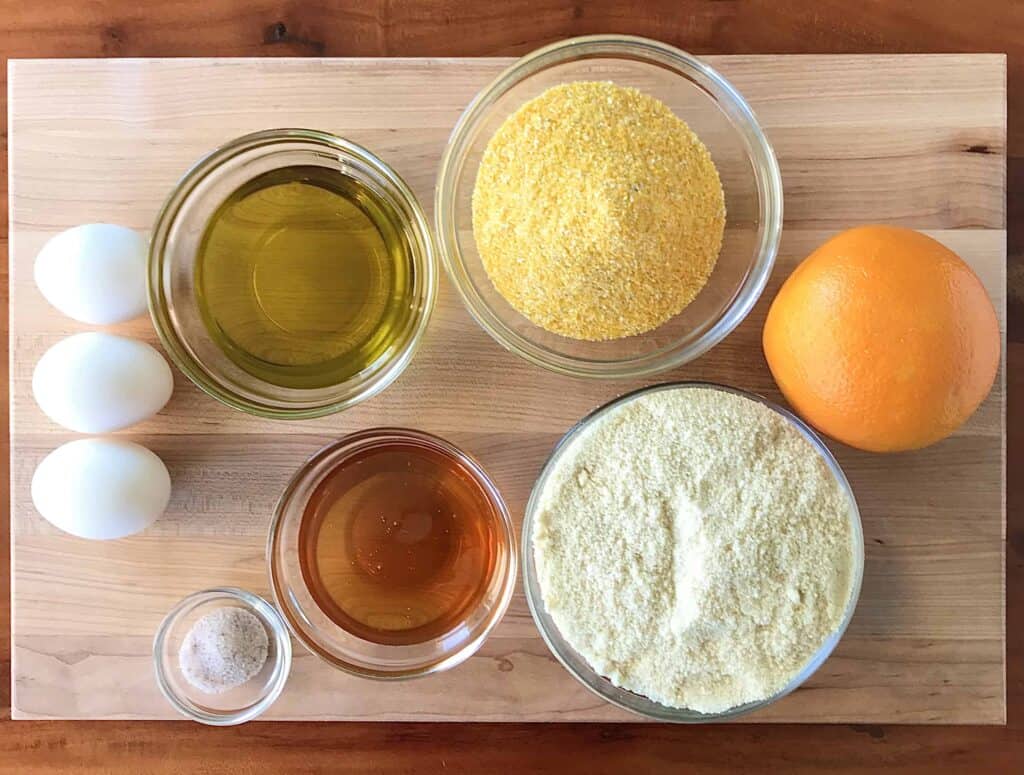
Fats & Oils
Avocado oil – This is the cooking oil I now use most frequently. Avocado oil is a healthy fat with a neutral flavor and high smoke point. I like Primal Kitchen, Chosen Foods and Ciuti. (Side note: do NOT use La Tourangelle as it does not behave like the previous brands. It has a very strong flavor and very low smoke point.)
Chosen Foods also has an excellent Avocado Oil Spray that I now use whenever I need a cooking or baking spray. Unlike other Paleo-friendly-ish sprays (like coconut oil or olive oil), it actually has a high enough smoke point that it won’t brown your baked goods faster than you want them to. Plus it has no added chemicals – it’s literally just avocado oil in a spray bottle.
Coconut oil – Like avocado oil, coconut oil has a high smoke point and an almost neutral flavor (almost!). It also makes for a good butter substitute in baked goods, although sometimes it can affect the results, like cookies spreading at a different rate.
Unrefined coconut oil is less processed, but has a slightly stronger coconut flavor and slightly lower smoke point. Refined coconut oil is more processed, but has a more neutral flavor and higher smoke point. I like Nutiva and 365 Everyday Value.
Ghee – Ghee is similar to (if not identical, depending on the brand) clarified butter, which is the result when the dairy solids are removed from butter. So it’s dairy free, has a high smoke point and a rich, buttery flavor. You can usually substitute it 1:1 with butter in cooking and baking, although there might be a slight difference in your baked goods, such as cookies spreading at a different rate. I like Organic Valley and 4th and Heart.
Extra Virgin Olive Oil – Extra virgin olive oil is particularly useful for things like for dressings, vinaigrettes and dips. Or just drizzle it over cooked steaks, fish, vegetables or, yes, vanilla or chocolate ice cream (seriously! If you have good ice cream and good olive oil, it’s great! Kick it up with a small pinch of flaky sea salt). It’s flavor should be somewhat fruity, grassy and/or peppery.
Because it has a low smoke point, it’s not great for cooking, as the heat can oxidize the oil which is similar to it going rancid. Keep the bottle out of direct light and away from heat sources, as those can cause it to go rancid faster.
Also, did you know that some oils labeled “extra virgin” may not, in fact, be extra virgin? Due to lax regulations in other countries (and, for a long while, in the States), you may be paying extra virgin prices but getting olive oil that’s lower-quality, blended with lesser oils, or even rancid.
I prefer California Olive Ranch, especially their Rich & Robust flavor, and O-Live & Co., as both have been properly vetted and are what they say they are.
Palm Shortening – Palm shortening has a similar buttery texture to ghee but it much cheaper. It has a long shelf life and works great in baked goods.
I like both Nutiva and Spectrum for their product and their commitment to responsible production.
Bacon fat – Yep, good ol’ bacon fat. When cooking good-quality bacon, I will pour the fat from the skillet (once it’s cooled a bit) through a piece of cheesecloth and fine strainer into a mason jar that I keep in the fridge. I don’t use it all the time but it can add a great, smoky, bacon-y flavor when cooking and baking.
No brand to recommend here as a) I don’t think high-quality bacon fat is sold anywhere, and b) I make my own.
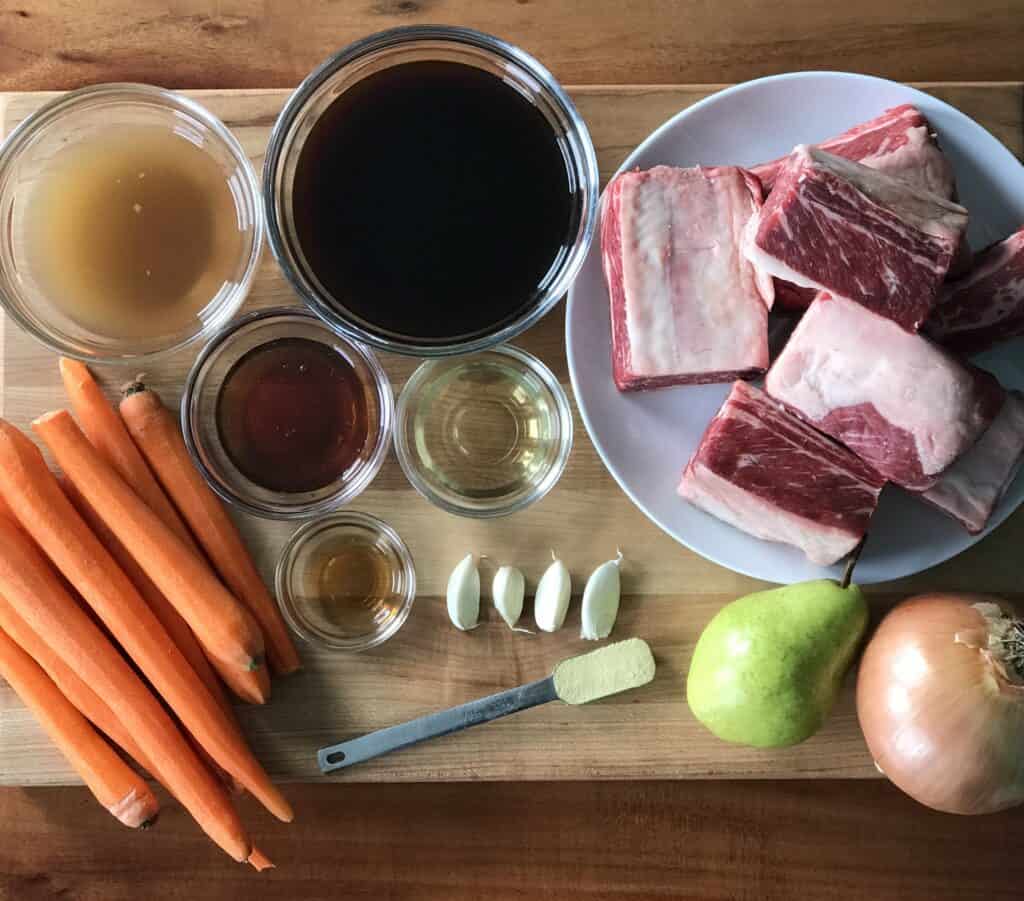
Condiments & Sauces
Sunbutter – Since legumes are out when following the Paleo diet, so is peanut butter. I like almond butter just fine, but it often has a grainy texture and can get really expensive. So I use Sunbutter instead. It’s texture is almost identical to peanut butter and cheaper. Some varieties add unnecessary oils and sugar, so I opt for the No Sugar Added Sunbutter, where the only ingredient is roasted sunflower seeds.
Avocado oil mayonnaise – Yes, that is an awfully specific type of mayo, but that’s because it uses healthful avocado oil instead of the junky vegetable oils (canola, safflower, etc.) found in other types of mayo. Luckily, avocado oil has a neutral flavor so it’s perfect for mayo.
Since they taste good and are just like regular mayo, I like Primal Kitchen and Chosen Foods.
Ranch dressing – If I want a simple vinaigrette, I don’t usually buy it since it’s pretty easy to make. And sure, I can make ranch dressing, too, but I don’t always have fresh herbs on hand. So I’ll buy a ranch full of healthy fats and without the crappy vegetable oils, dairy and sugar.
I like Primal Kitchen and Tessamae’s (which technically uses high-oleic sunflower oil, and while regular sunflower oil is to be avoided on a Paleo diet, high-oleic is actually fine).
Coconut Aminos – This is a must-have for a Paleo kitchen. Coconut sap reduced until it’s dark and thick, this is a great 1:1 substitute for soy sauce (which contains legumes and wheat). It has less salt than soy sauce, so you’ll need to taste for seasoning when you use it. Because it has a slightly less distinctive flavor, it’s also great in other applications. Add it to sauces, gravies, soups and stews for a subtle umami kick, like you would use Worcestershire sauce. I like just splashing some on sautéed vegetables, maybe along with toasted sesame oil and/or fish sauce.
I’ve been using Coconut Secrets for year (note: if you buy a different brand, it may have a different amount of sodium which could impact your recipe).
Fish sauce – Wait! You might see the words “fish sauce” and think “yuck” and scroll past it, but hear me out! Like coconut aminos, it adds a salty umami kick to a lot of different foods. It’s great in Asian cuisines like Thai, Vietnamese, Chinese and Japanese, but also for many different sauces, gravies, soups and stews. Because it has a more specific, fish-y flavor, you only need a little bit.
Red Boat is popular in Paleo cooking as it contains only anchovies and salt, unlike other brands that add a lot of unnecessary gunk.
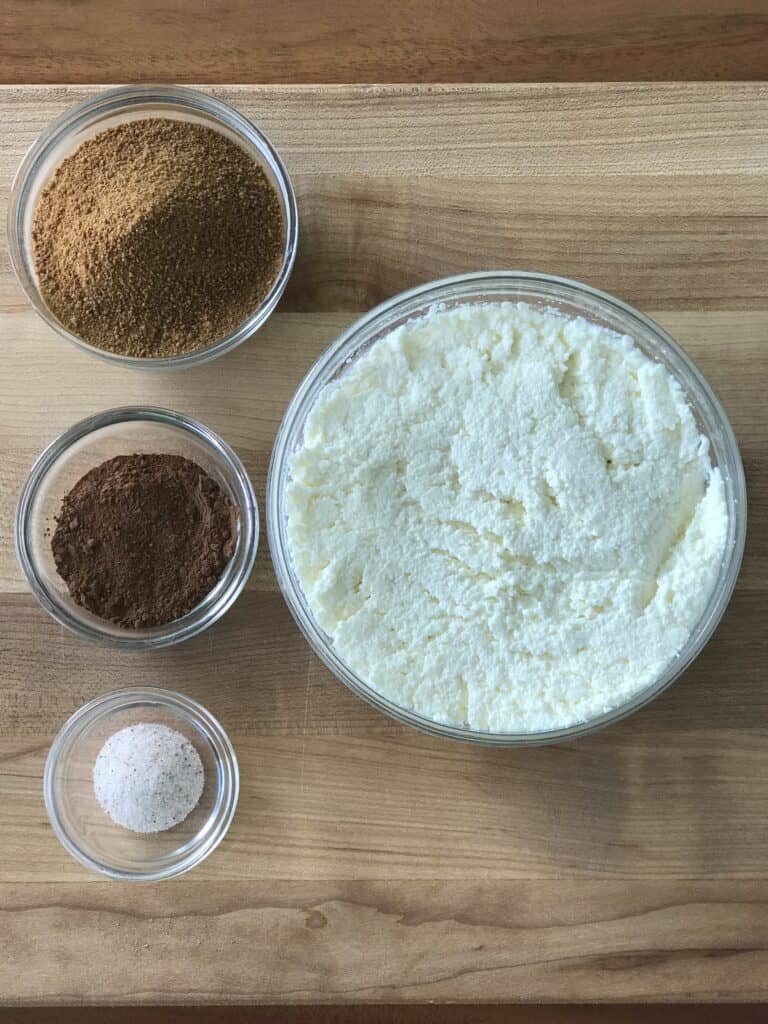
Sweeteners
Coconut sugar – Look, I’m not going to tell you that coconut sugar is healthy. It’s not. It’s still sugar. But it is unrefined, contains trace amounts of minerals and has a lower glycemic index than regular white sugar, which makes it a healthier (not healthy, but healthier) alternative. It is similar to coconut palm sugar but made from a different type of palm tree.
Plus it has a subtle caramel-y flavor that makes it a good 1:1 alternative to both white and brown sugar, although you may notice slight differences in your baked goods.
Honey – Ah, honey. Isn’t it amazing? Bees regurgitate flower nectar to each other over and over until it becomes honey and someone saw this hanging in a hive and was like, “let’s try it!” I mean, that’s basically the story behind a lot of foods (“Look at that weird white thing coming out of that chicken’s butt! Let’s try it!”), but it seems like you’d have to go to a lot of trouble just to get honey even once. But I’m so glad our ancestors did because this stuff is delicious.
Raw honey is particularly good for us (in small doses) and it works well in cooking and baking, although it can taste sweeter than white sugar so while it often is a 1:1 substitute, sometimes I’ll use less (I typically use less sugar than most recipes anyway).
I like Nature Nate’s. (Note: I used to buy their raw organic honey but now I’m not convinced “organic” means anything on a honey label.)
Maple syrup – Is it possible to love maple syrup even more than honey? Yep. It’s deeper, richer flavor is pure manna. Also useful in cooking and baking, it doesn’t taste quite as sweet as white sugar or honey. I always look for darker maple syrups and labels like “rich,” “robust,” etc. I’m not finding my usual organic brands online, but I’ll update this if and when I do.
Date syrup – Made from dates and only dates, this whole food product is a lovely addition to the sweetener aisle. It’s a dark syrup somewhere between honey and maple syrup with less sugar, plus trace amounts of minerals. I’ve just started using this on my pancakes and am enjoying it.
I use D’Vash.
Misc.
Coconut milk – A luscious, slightly sweet alternative to milk, coconut milk is great for cooking and baking. Unless otherwise specified, assume a recipe is calling for full-fat coconut milk from a can, not a carton.
Also, you can put the can in the fridge for at least 24 hours, drain off the separated coconut water (drink it or use it later), and use a hand mixer to whip up the remaining coconut cream so it’s like whipped cream. You can also freeze the coconut milk in ice cube trays for when you need a small amount.
I like Thai Kitchen, Native Forest, and 365 Everyday Value.
Almond milk – I don’t actually use almond milk a whole lot. I know a lot of people use this in their lattes, but I like my coffee black.
Sometimes I’ll make it myself and sometimes I’ll buy it from the store. I want it unsweetened and with as few ingredients as possible. Elmhurst fits the bill, but Silk or Almond Breeze work in a pinch.
Bone broth – Yep, bone broth is a trend…that goes back thousands of years. Animal parts simmered in water has been a part of humans’ diet basically since we started cooking food. And for good reason: there’s a LOT of collagen, gelatin, protein and minerals in the meat, bones, skin and tendons. But we decided we only wanted the chicken breasts, pork chops, steaks, etc., so we started losing out on all those benefits. Luckily we’re starting to educate ourselves on what we’ve been missing and bone broth is gaining mainstream attention.
I’ll make it myself when I’ve saved up enough bones in a bag in my freezer, but when I need real bone broth (not just chicken broth), I like Kettle & Fire.
Unsweetened coconut – You can use shredded unsweetened coconut in place of sweetened coconut. You’ll get all the healthy fats without all the sugar. It recreates the texture of oatmeal, both for breakfast and in cookies.
Toast it plain or add flavors like coconut sugar, curry powder, ginger, etc. You can also blitz it in a food processor to make coconut butter (which is much cheaper than buying a jar). Unsweetened coconut flakes make a great snack or topping, especially toasted and flavored with the ideas listed for above.
I like Let’s Do Organic (shredded and flakes) and Bob’s Red Mill (shredded and flakes).
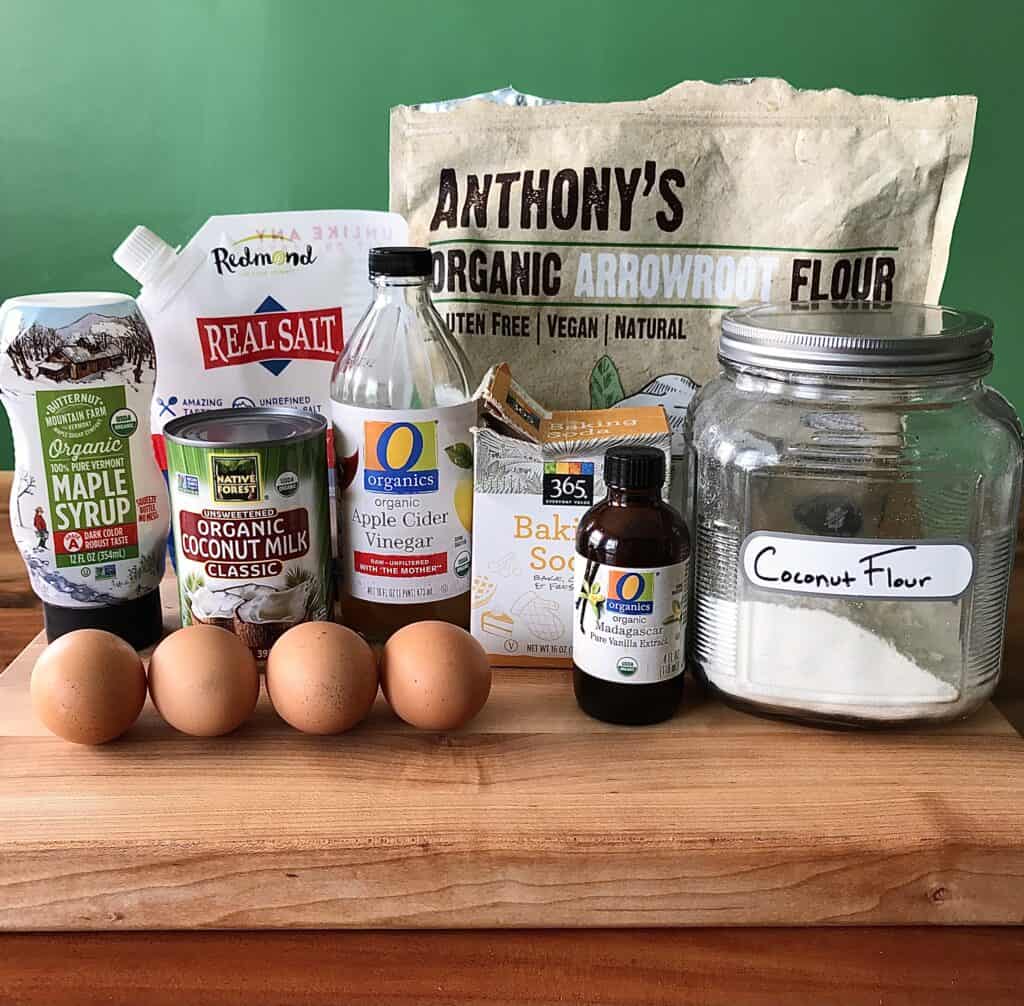
Gluten Free
Bread – I still haven’t found a Paleo bread recipe that I loooove and I haven’t developed my own yet. And sometimes, only a slice of toast will do. So, for convenience, I sometimes keep a loaf of gluten-free bread in my freezer. And that’s really the best way to enjoy most GF breads – as toast – since they can often be dry.
The two brands I like both toasted and untoasted are Schar and Glutino.
Pasta – Yes, vegetable noodles are healthier, have more flavor and can be kind of fun. But sometimes this Italian boy just needs a bowl of real noodles. Or, as real as he can get while still staying gluten free.
I find that corn pasta tastes like corn, rice pasta tastes like rice, etc. So my favorite brand is Garofolo. It uses corn, rice and quinoa which all cancel each other out for a fairly neutral, but still tasty, flavor. It cooks up almost (almost!) like the real thing (but fair warning: leftovers are usually not that good).
Mixes
Birch Benders – Their Paleo pancake mix makes weekend breakfast a snap. It’s just simple, Paleo-friendly ingredients (cassava flour, almond flour, coconut flour, leavening, etc.) and all you do is add water. There’s also a banana flavor.
Simple Mills – Their pizza dough makes two adorable 8″ pizza crusts with just a few Paleo-friendly ingredients. You just add some oil, water and apple cider vinegar and you’re good to go. Their banana bread mix makes a loaf or muffins that are just as good as the real thing. And topped with their creamy chocolate frosting it’s almost like a banana chocolate cupcake.
Snacks
Even when eating balanced, whole-food meals, sometimes you need a quick snack. That’s when Paleo-friendly foods come in handy when you’re on the road, at the gym or in a bind. Some of my faves:
RX Bars and nut butters – Simple ingredients, maximum flavor, high in protein, easy to pack for a road trip or post-workout fuel. My favorites are the Chocolate Sea Salt and Maple Sea Salt.
Justin’s Chocolate Hazelnut Butter – Look, I loooove Nutella and still eat it occasionally. But this jar has a lot less sugar but a very strong chocolate and hazelnut flavor, so it’s a win-win.
Chomps – like Slim Jims but actually healthy
Epic Bars and Pork Rinds – The bars are like jerky but without the leathery texture. The pork rinds are simply addictive.
Simple Mills crackers – As addictively crunchy and salty as “regular” crackers and the Farmhouse Cheddar variety are like Paleo-friendly Cheez-Its which, do I need to say anything more than “Paleo-friendly Cheez-Its?” (But if you’re dairy-free, beware that the cheddar crackers have, you know, dairy.)
Larabars – Sometimes you don’t need a protein bar. Sometimes you need a straight-up bar that just happens to have minimal ingredients, some protein, fiber and healthy fats. Larabar fits that bill, are mildly sweet and come in a ton of delicious flavors.
Terra Chips – Root veggie chips that are a step above, especially the flavors cooked in coconut or avocado oil.
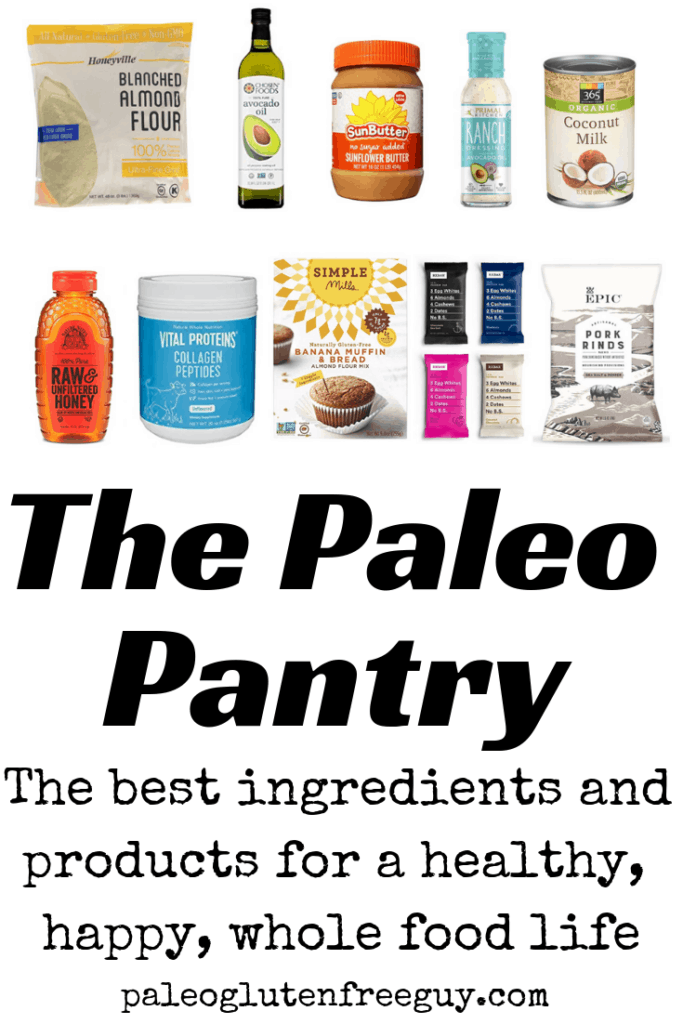
Some of the links on this page may be affiliate links. I am a participant in the Amazon Associates Program. This program provides a means for sites to earn advertising fees by linking to products I use and love. If you purchase through an affiliate link, I’ll receive a small commission at no additional cost to you.
